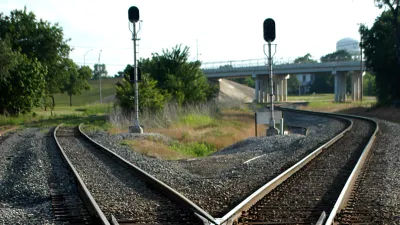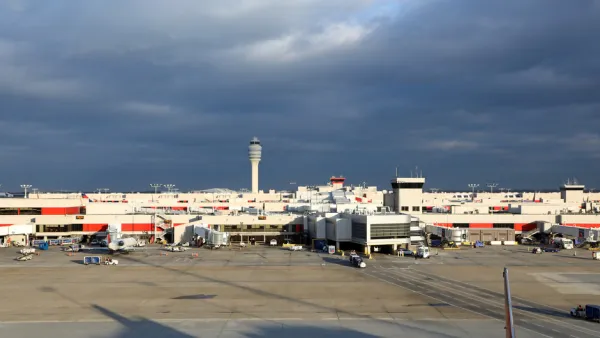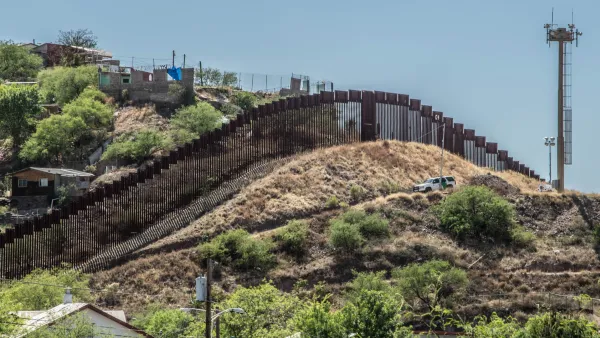President Trump's proposed infrastructure plans intends to shift ownership of much of America's infrastructure into private hands. Rebecca Burns argues that this approach will benefit the country's richest at the expense of the rest of the country.

Many have worried about America’s loss of strength in building infrastructure (link) and have concerns that the country's infrastructure costs continue to ratchet up out of proportion with other nations. In proposing a great expansion of the country's infrastructure through loans to private companies, the Trump Administration has what it hopes is a solution to both problems. "Trump and Bannon’s apparent rejection of neoliberal orthodoxies, including fiscal austerity and free trade, inspired hope that progressives might actually be able to negotiate with Trump on a small number of economic issues—if they could avoid collaborating in an otherwise racist, reactionary agenda," Rebecca Burns writes for In These Times.
The idea of bringing more private ownership to the U.S. infrastructure is not new and has been forwarded by some in the Democratic Party. But the Trump Administration seems poised to expand beyond areas explored in the past. "The President announced a 'great new era in American aviation,' meaning he was asking Congress to privatize the air-traffic control system," Burns writes.
Who is pushing to take the job of upgrading infrastructure out of government hands? Lobbyists. "Among the industry groups that have lobbied the administration and Congress on an infrastructure overhaul so far this year, according to federal lobbying disclosures, are BlackRock, the world’s largest investment management company; the Securities Industry and Financial Markets Association, a Wall Street trade group; American Water, a private water company; two private tolling companies; and free-market proselytizer Heritage Action for America," Burns writes. This boon to Wall Street would make the building of bridges no cheaper and limit the power of the users of these bridges to have a say over them.
FULL STORY: A New Deal for Wall Street

National Parks Layoffs Will Cause Communities to Lose Billions
Thousands of essential park workers were laid off this week, just before the busy spring break season.

Retro-silient?: America’s First “Eco-burb,” The Woodlands Turns 50
A master-planned community north of Houston offers lessons on green infrastructure and resilient design, but falls short of its founder’s lofty affordability and walkability goals.

Delivering for America Plan Will Downgrade Mail Service in at Least 49.5 Percent of Zip Codes
Republican and Democrat lawmakers criticize the plan for its disproportionate negative impact on rural communities.

Test News Post 1
This is a summary

Test News Headline 46
Test for the image on the front page.

Balancing Bombs and Butterflies: How the National Guard Protects a Rare Species
The National Guard at Fort Indiantown Gap uses GIS technology and land management strategies to balance military training with conservation efforts, ensuring the survival of the rare eastern regal fritillary butterfly.
Urban Design for Planners 1: Software Tools
This six-course series explores essential urban design concepts using open source software and equips planners with the tools they need to participate fully in the urban design process.
Planning for Universal Design
Learn the tools for implementing Universal Design in planning regulations.
EMC Planning Group, Inc.
Planetizen
Planetizen
Mpact (formerly Rail~Volution)
Great Falls Development Authority, Inc.
HUDs Office of Policy Development and Research
NYU Wagner Graduate School of Public Service





























